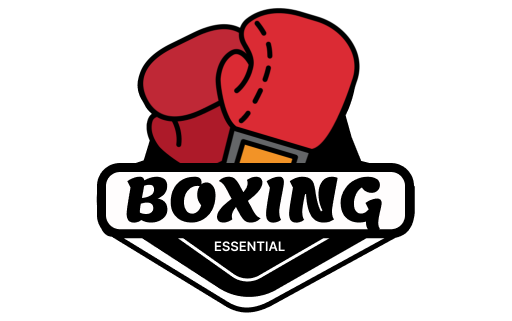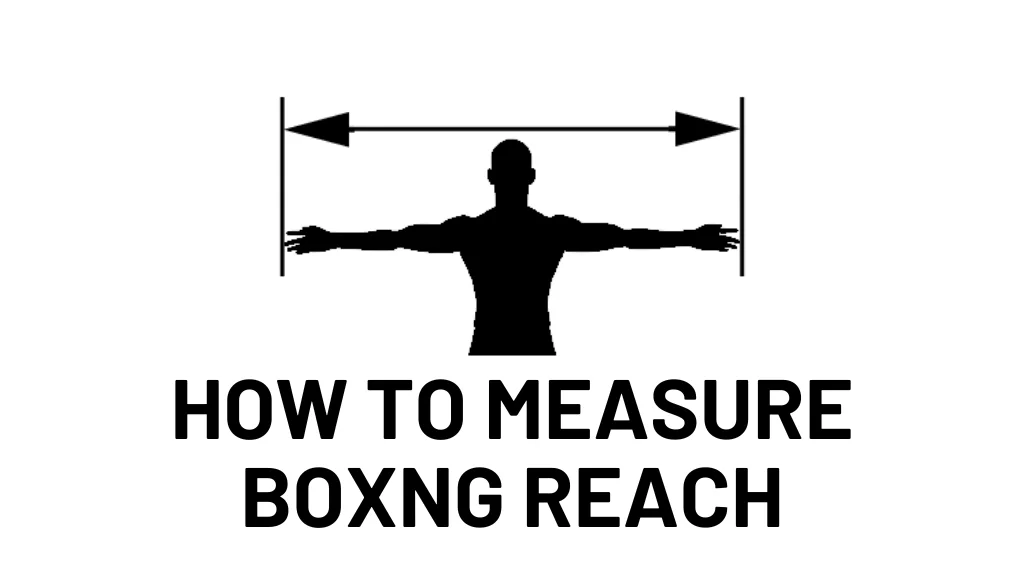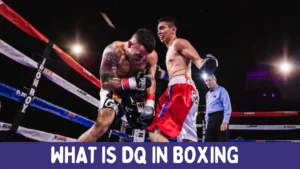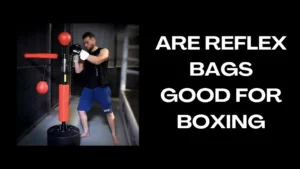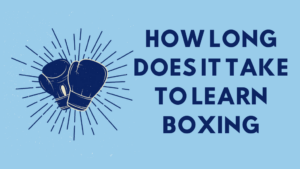Boxing is a sport that demands precision, strategy, and a deep understanding of one’s physical abilities. Among these, a boxer’s reach is a crucial factor that can make or break their success in the ring. In this article, we will delve into the world of boxing and explore how to measure reach in boxing.
What is Reach in Boxing?

In the realm of boxing, “reach” is defined as the measurement of the distance from the tip of a boxer’s outstretched fist to the midpoint of their back. This measurement is a pivotal factor in boxing, as it directly influences a boxer’s competitive edge over their opponent. When a boxer possesses a longer reach, it equips them with the capability to strike from a safer distance, granting them greater control over the tempo of the match. In essence, a lengthier reach can serve as a tactical advantage in the boxing ring, shaping how a boxer approaches their opponent during a fight.
The Importance of Measuring Reach
Assessing reach in boxing holds immense significance. It is a critical factor that impacts a boxer’s strategy and performance in the ring. Understanding and measuring reach can be a game-changer in a boxer’s career. Here’s why it’s so important:
Strategy Formulation:
Reach determines a boxer’s optimal striking range. Those with a longer reach can hit their opponent from a distance, which can be a considerable advantage. It influences the choice of punches and fighting style. A boxer with a longer reach might focus on maintaining distance and using jabs effectively, while someone with a shorter reach might need to get in close.
Defense and Vulnerability:
Reach not only affects a boxer’s offensive capabilities but also their defense. A boxer with a longer reach can keep their opponent at bay, reducing their vulnerability to counterattacks. On the contrary, a boxer with a shorter reach needs to be cautious about getting within the opponent’s striking range.
Adaptation:
Knowing your reach and your opponent’s allows you to adapt your strategy. Boxers can make informed decisions on how to approach a fight. This knowledge can be the key to overcoming opponents with varying reach advantages.
Training Focus:
Understanding your reach can also impact your training. Boxers with a longer reach might work on refining their jab and long-range punches, while those with shorter reach might emphasize speed and footwork to close the gap effectively.
Competitive Edge:
In professional boxing, where the margins of victory are often razor-thin, having a deeper understanding of reach can be the difference between winning and losing. It can help boxers exploit their advantages and mitigate their weaknesses.
How to Measure Reach in Boxing
To measure reach accurately, you’ll need a few key measurements. First, have the boxer stand upright against a wall. Then, take the following measurements:
Position the Boxer:
Start by having the boxer stand upright, with their back against a flat surface or a wall. They should adopt a relaxed and natural stance.
Wingspan Measurement:
Measure the wingspan by extending both arms fully. This entails measuring the distance from the tip of one outstretched fist to the tip of the other. The wingspan measurement represents the boxer’s overall reach.
Arm Length Measurement:
To gauge arm length accurately, focus on one arm at a time. Extend one arm fully, and then measure the distance from the tip of the outstretched fist to the midpoint of the back, usually at the spine’s center. This measurement provides specific data regarding the length of the boxer’s arm reach.
Interpreting Reach Measurements:
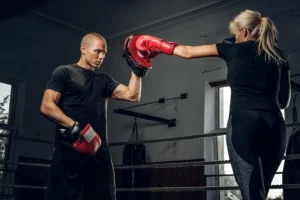
Interpreting reach measurements is a fundamental aspect of understanding a boxer’s strengths and strategies. Here’s how to make sense of these measurements:
Wingspan vs. Reach:
A boxer’s wingspan, which is the distance between the tip of one fist to the tip of the other, provides an overall measurement of their reach. In most cases, a longer wingspan indicates a longer reach, whereas a shorter wingspan signifies a shorter reach.
Strategic Implications:
Understanding reach is crucial in developing a strategic game plan. If you have a longer reach than your opponent, it’s advantageous to focus on maintaining distance and utilizing long-range punches, like jabs, to keep them at bay. This allows you to control the pace of the fight and reduce your vulnerability to counterattacks.
Shorter Reach Strategies:
On the other hand, if your reach is shorter compared to your opponent, it’s essential to adapt your strategy. Getting in close and working on the inside might be a more effective approach. Boxers with shorter reach often emphasize speed, footwork, and body shots to negate the reach disadvantage.
Adaptation:
Reach measurements not only inform your approach but also allow you to adapt during a match. Recognizing your reach and your opponent’s reach can help you make real-time decisions about when to engage when to maintain distance, and which punches to employ.
The Role of Reach in Boxing Matches
The significance of reach in boxing matches cannot be overstated. It has a profound impact on the dynamics of a fight and often proves to be a critical factor in determining the outcome.
Strategic Advantage:
Boxers like Muhammad Ali and Sonny Liston, known for their longer reach, skillfully harnessed this advantage. Their extended arm span enabled them to control the distance between themselves and their opponents. By effectively utilizing their jabs, a fundamental but potent punch, they maintained a strategic edge in the ring.
Effective Jabbing:
The jab, a versatile and essential boxing punch, becomes a formidable weapon when in the hands of boxers with a longer reach. It allows them to strike from a safer distance, set the pace of the match, and keep their adversaries at bay. This strategic use of the jab can be highly frustrating for opponents, who often find it challenging to breach the reach advantage.
Strategic Adaptation:
Understanding and appreciating reach is crucial not only for boxers with longer reach but also for those facing opponents with superior reach. It necessitates adapting techniques, footwork, and defensive tactics based on the reach differential. This adaptability is key to formulating effective strategies during the match.
Training to Improve Reach
Enhancing one’s reach in boxing is a desire shared by many fighters. While genetics largely determine reach, there are specific training methods and stretching routines that can help maximize this attribute. Here’s how boxers can work on improving their reach:
- Stretching Exercises: Regular stretching is key to improving reach. Focus on exercises that target the shoulder, chest, and back muscles. Incorporate stretches that aim to increase flexibility in the arms and shoulders. These stretches can gradually enhance your range of motion.
- Mobility Work: Mobility exercises are crucial in maintaining and expanding reach. Exercises that promote shoulder mobility, such as arm circles and shoulder dislocations with a resistance band, can help improve your reach over time.
- Strength Training: Building strength in the muscles associated with reach can make a significant difference. Strength training exercises like push-ups, bench presses, and rows can enhance the power behind your punches, extending your effective reach.
- Core Strengthening: A strong core allows you to control your body’s movements effectively. A stable core is essential for balance and positioning in the ring, which can indirectly affect your reach. Include core-strengthening exercises like planks and leg raises in your routine.
- Boxing Drills: Specific boxing drills, such as shadow boxing and bag work, can help you practice using your extended reach effectively. These drills improve your ability to strike from a distance and maintain proper form.
- Consult a Coach or Trainer: It’s advisable to consult with a boxing coach or trainer. They can assess your reach and design a personalized training plan tailored to your specific needs. Their guidance can be invaluable in maximizing your reach potential.
- Consistency: Consistency is key to reaching improvement. Incorporate these training elements into your routine and diligently follow your coach’s guidance. Over time, you’ll see gradual enhancements in your reach and boxing performance.
Conclusion
In conclusion, reach is a fundamental aspect of boxing that should not be underestimated. Accurate measurement and understanding of reach can be a game-changer for any boxer. It affects strategy, fighting style, and the overall outcome of matches.
FAQs:
Can reach measurements change over time?
A: Reach measurements typically remain relatively constant after physical maturity is reached.
Are there weight classes in boxing that consider reach?
A: No, boxing weight classes are primarily based on a boxer’s weight, not their reach.
Can a boxer with a shorter reach beat someone with a longer reach?
A: Yes, with the right strategy and skill, a boxer with a shorter reach can defeat an opponent with a longer reach.
Related Post:
